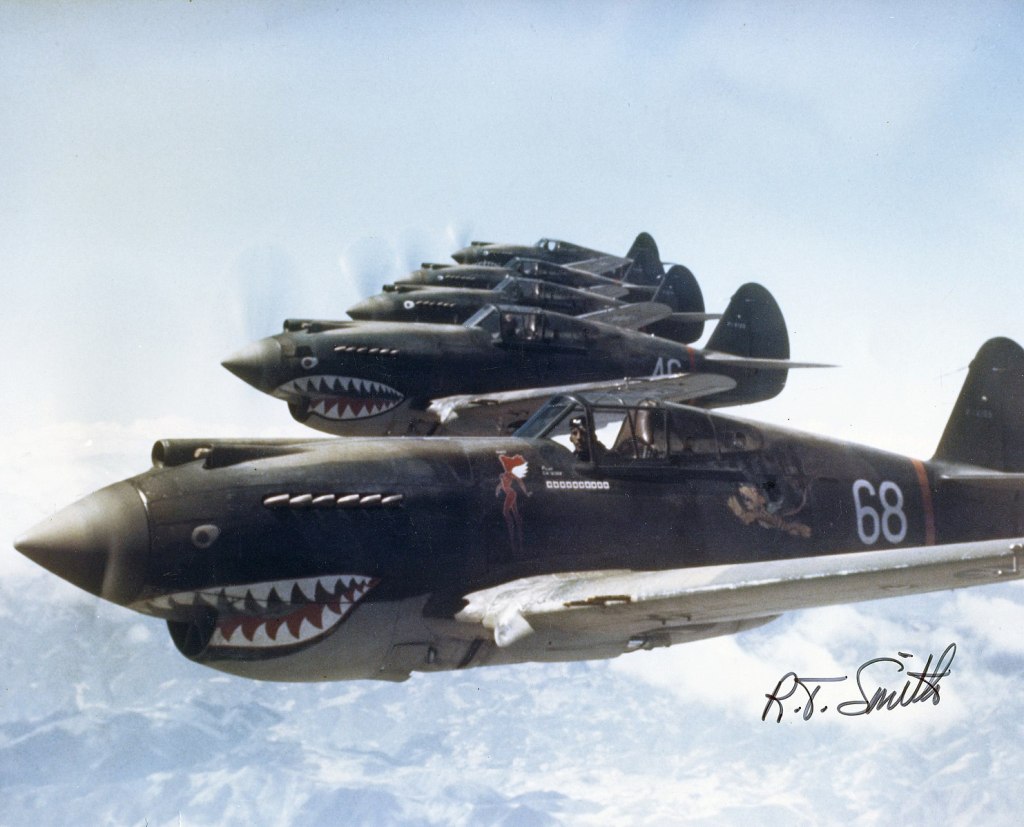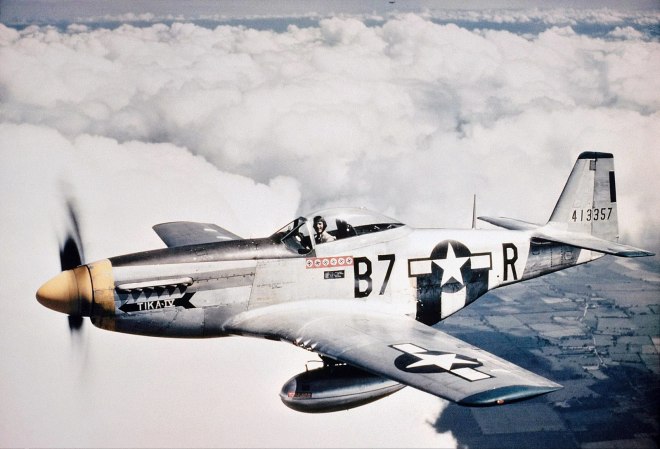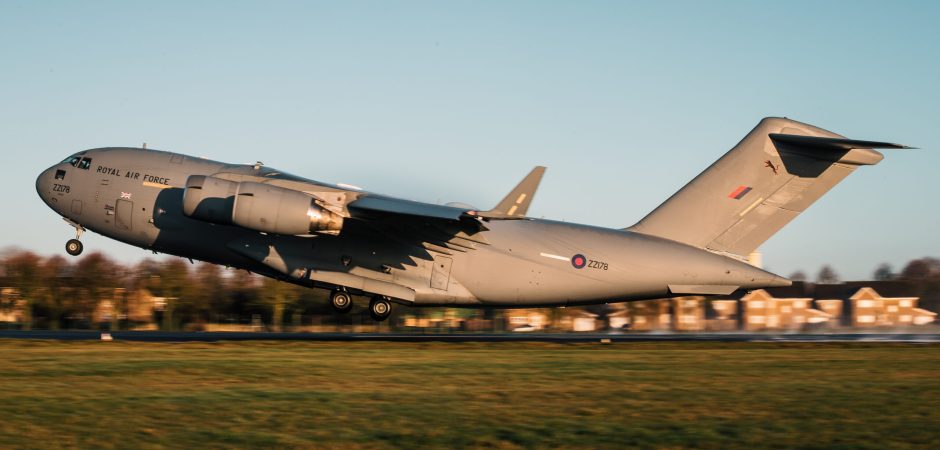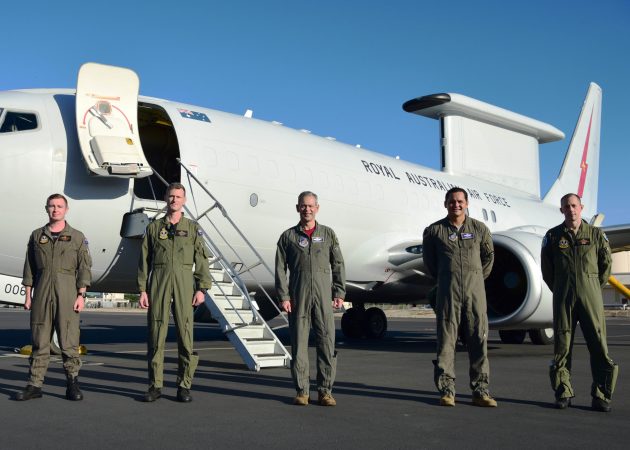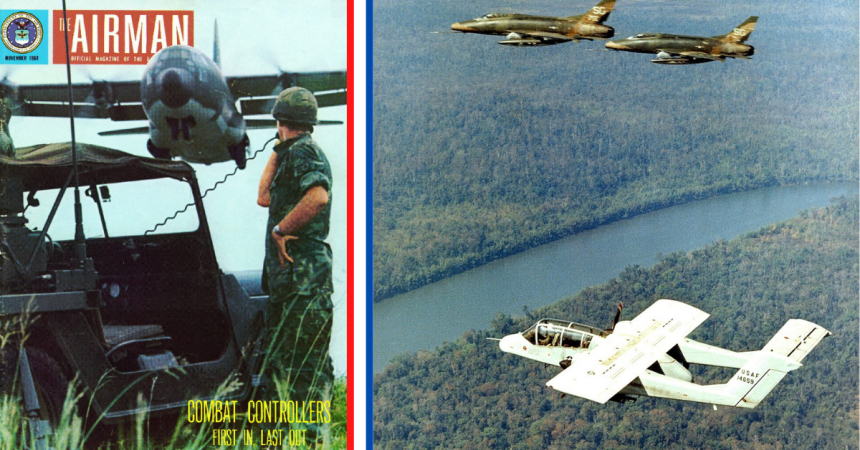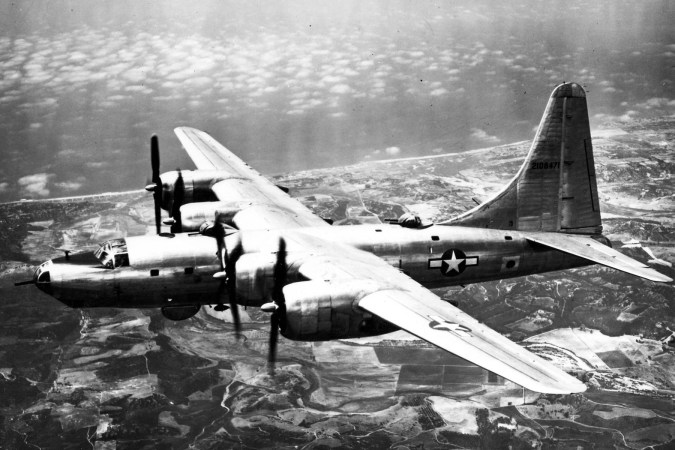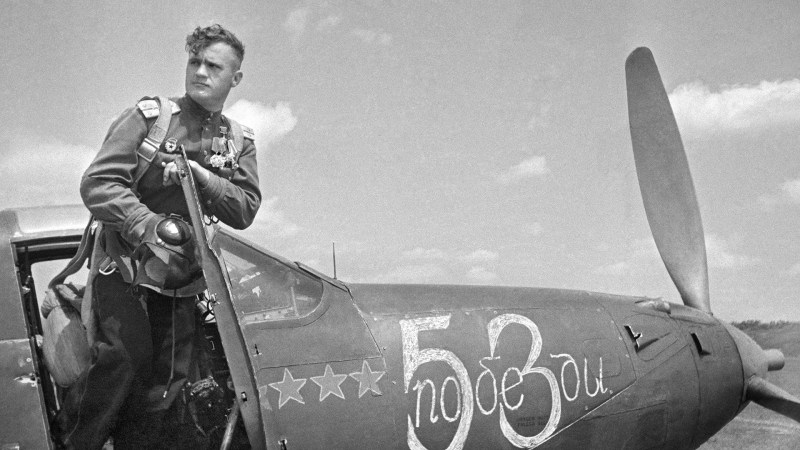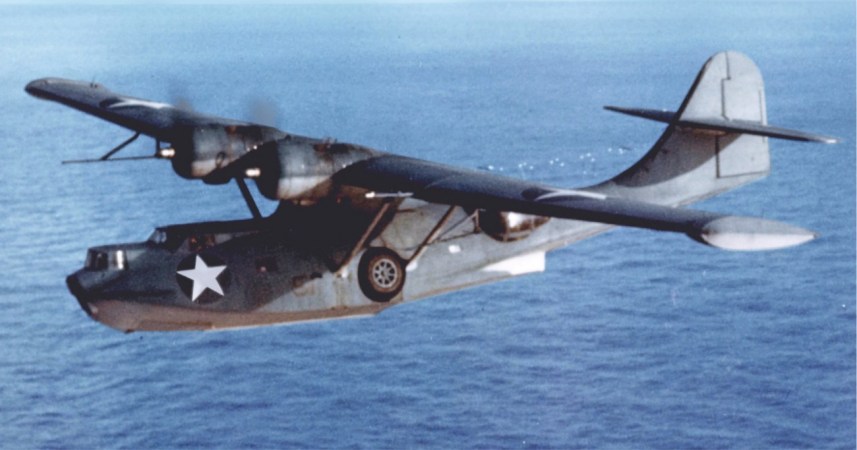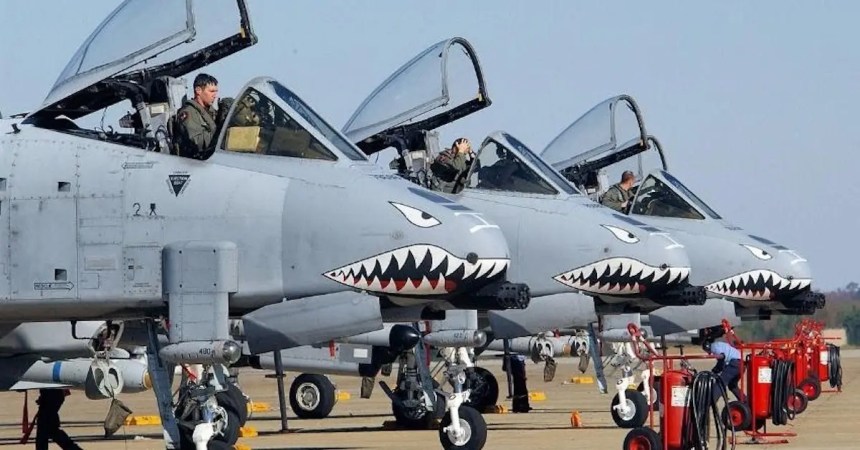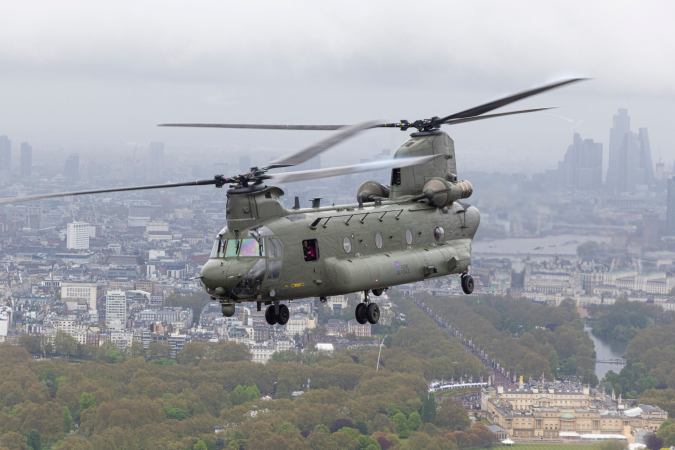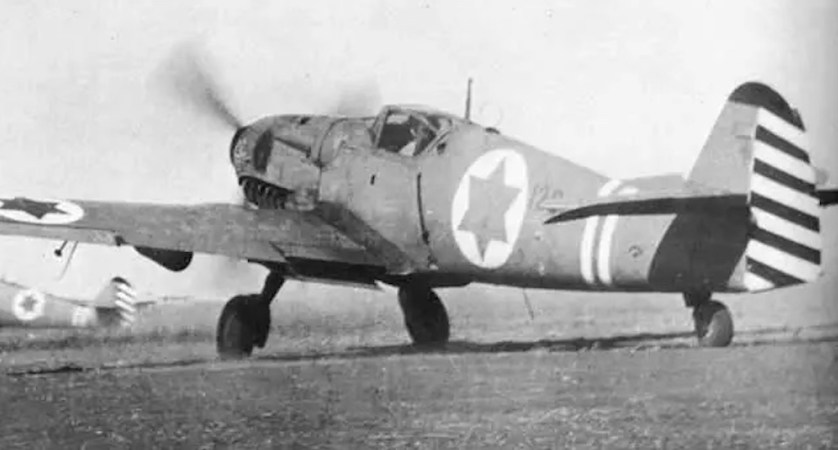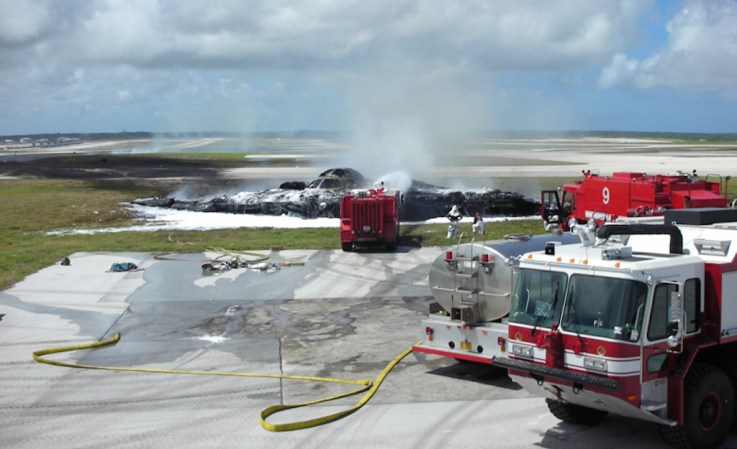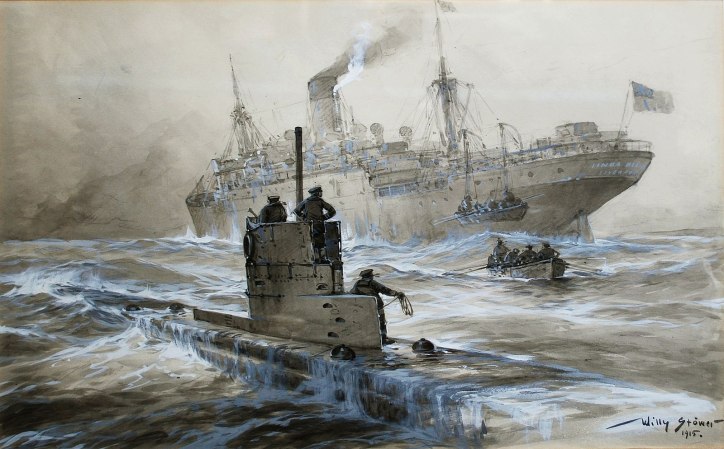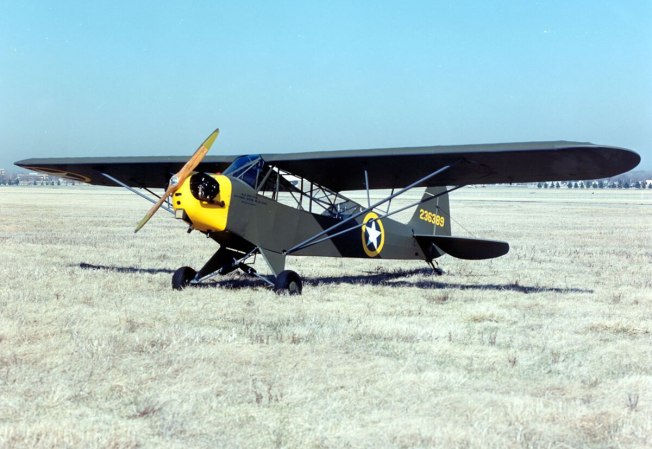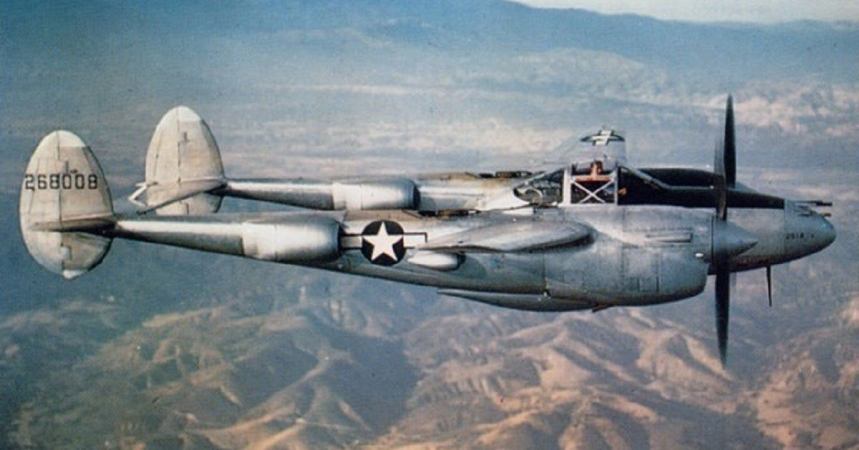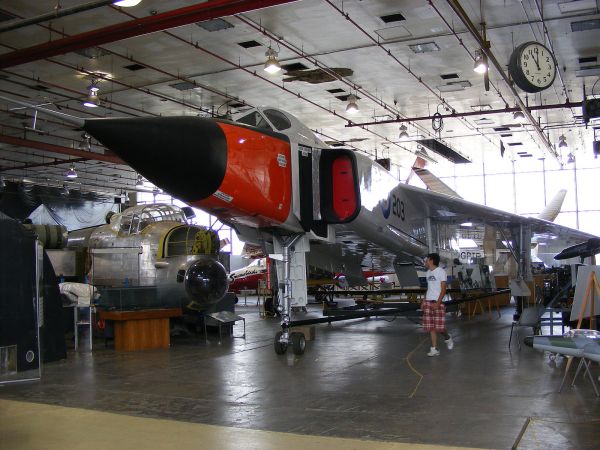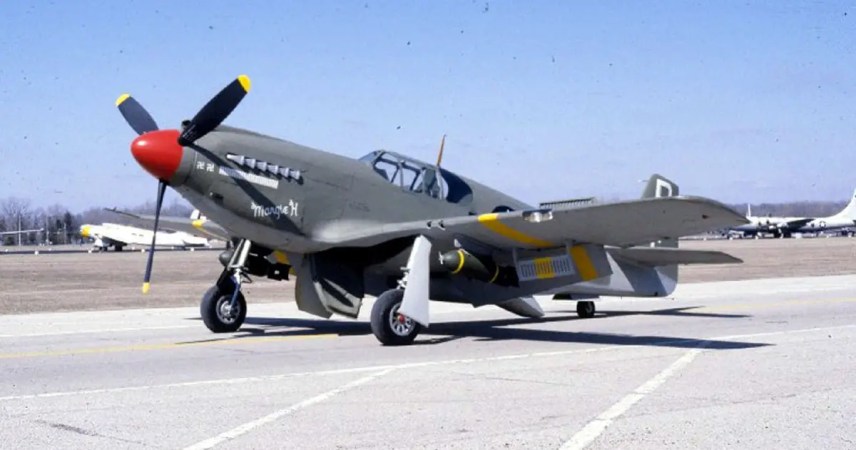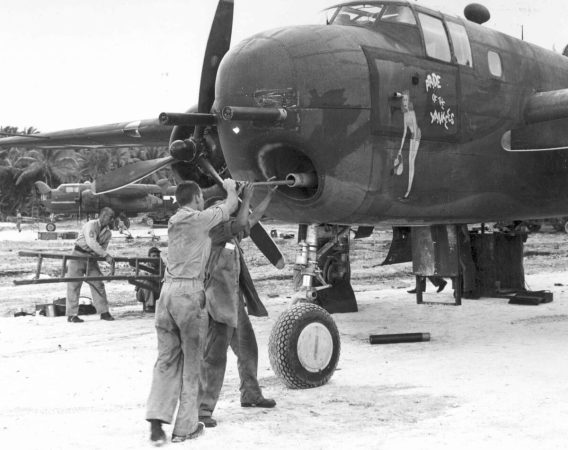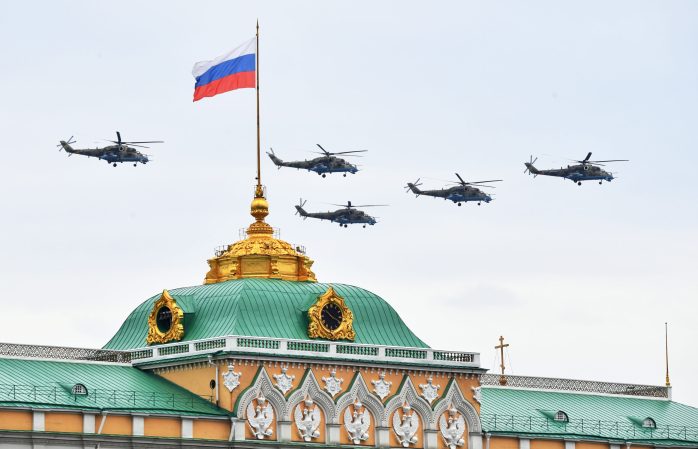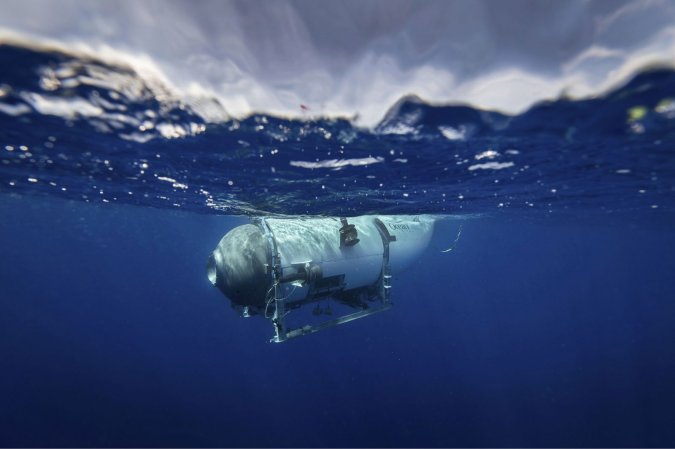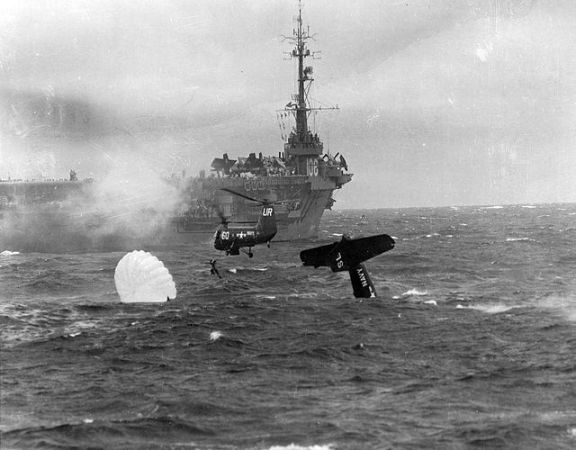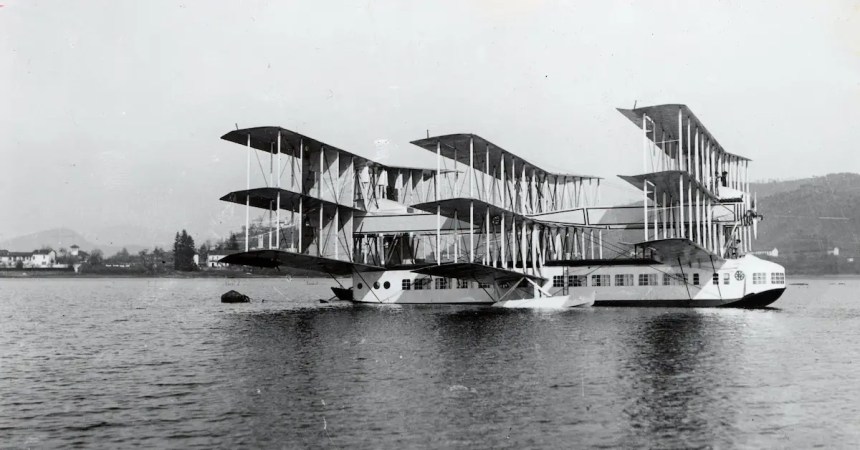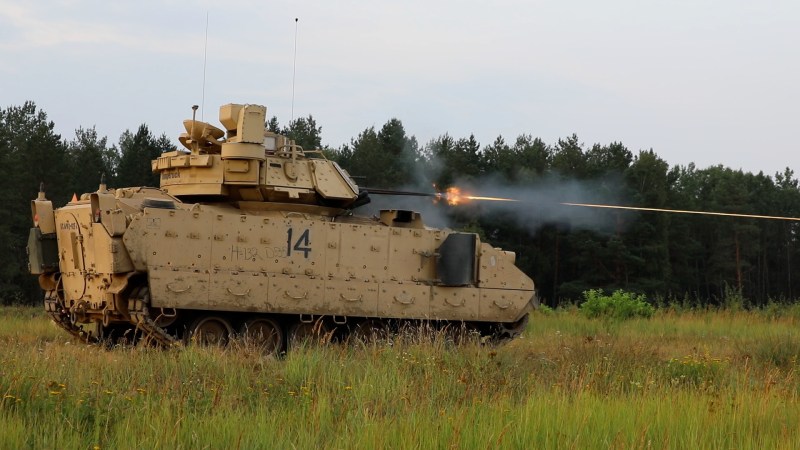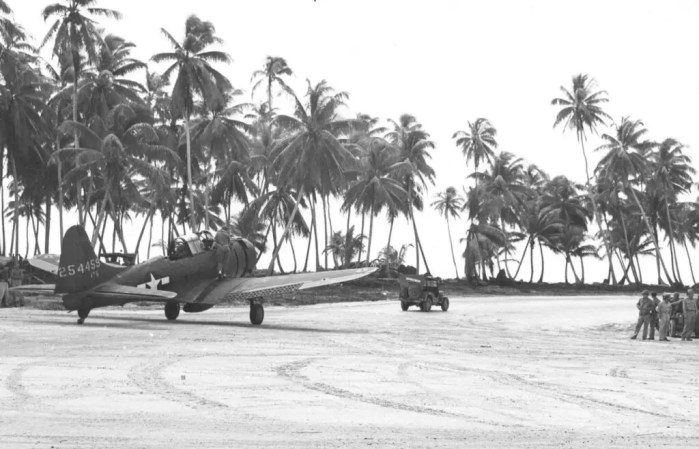At the start of World War II for Britain in September 1939, the main fighter plane for the Royal Air Force (RAF) was the Hawker Hurricane, which entered service with the RAF in 1936. While the somewhat superior Spitfire was just entering service, the Hurricane alone fought the Battle of France in 1940 and continued on that year, with Spitfires, in the Battle of Britain.
Hurricanes accounted for 55% of the RAF’s victories during that momentous air battle. The Hurricane’s eight .303 caliber machine guns, compared to the Spitfire’s six guns, were more efficient for destroying Luftwaffe bombers, however, Hurricane pilots did not shy away from engaging the deadly escorting Messerschmidt Bf-109 fighters. The Hurricane-equipped No. 303 squadron, consisting of veteran Polish pilots who had been flying against the Luftwaffe since 1939, claimed 126 enemy aircraft shot down, with the loss of 18 of their own, for a very respectable 7:1 kill ratio.
With newer models, more heavily armed Spitfires coming into service, and the introduction of the even more lethal German FW-190 fighter into European skies, by 1941 the Hurricane assumed a variety of roles throughout North Africa and the Mediterranean. Depending on the location, Hurricanes served as fighters, fighter-bombers, a few “tank busters” equipped with two underwing 40 mm guns, and even a carrier/catapult “Sea Hurricane” version for the Royal Navy.
In the Pacific, Hurricanes equipped RAF and Commonwealth air forces, including New Zealand, Australia and India. Britain also provided Hurricanes to the Soviet Union, Greece, and other Allied nations. By the end of production in July 1944, close to 14,500 Hurricanes had been built.

Ironically, when the U.S. entered the war in Dec. 1941, the Army Air Forces’ primary fighter, the Curtiss P-40 Warhawk was already fighting in North Africa, and the Pacific with the RAF, Australia, and New Zealand Air Forces and in Russia with the Soviet air force. During the Pearl Harbor attack, two P-40s were able to shoot down several Japanese aircraft, drawing first blood for American military aviation. The Royal Canadian Air Force used P-40s for domestic air defense during the early part of the war, including combat against Japanese forces in the Aleutian Islands.
Probably the most iconic use of the P-40 was in China with the American Volunteer Group (AVG), otherwise known as the “Flying Tigers.” Since Imperial Japan had invaded China in the early 1930s, the Japanese Army air force had operated virtually unopposed, attacking Chinese military assets and cities at will. In 1941, American military pilots, mechanics, and technicians were recruited to “resign” to work in China as private contractors and provided P-40s. Adopting the famous “shark mouth” markings that were originally painted on RAF P-40s operating the North African desert, and using the tactics developed by the AVG’s leader Claire Chennault, the Flying Tigers struck back at the Japanese hard and brought a little hope and inspiration to a war-weary Chinese people.
During the fighting in North Africa in 1941, Lend Lease P-40s, dubbed Tomahawks and Kittyhawks by RAF and Commonwealth pilots, actually replaced some Hurricanes. Outfitted as fighter bombers and sporting six much larger U.S. .50 caliber machine guns, “Kitty-bombers” helped forge the coordinated, “on-call” Close Air Support (CAS) doctrine that is standard today. Royal Air Force, and later U.S. CAS fighter bombers devastated the German Afrika Corps and formed one of the key components of the Allied “steel vs. flesh” doctrine of using industrial might to preclude costly losses of citizen-soldiers that eventually won the war.

P-40s did the bulk of air fighting in the Pacific through 1942-43 and were still in operation at the end of the war. Royal Australian Air Force pilots appreciated the heavily armed, rugged, and reliable P-40, and several became double aces fighting against Japanese aircraft in the Pacific.
Like the Hurricane, production on the Curtiss P-40 ended in 1944, with over 13,700 Warhawks produced by November of that year. Several nations operated P-40s throughout the 1940s and 1950s, with the Brazilian Air Force being the last to retire their P-40s in 1958.
In an interesting twist of fate, in 1939, British authorities approached the North American Aviation company to build P-40s, under license from Curtis. North American proposed a completely new design, incorporating the latest concepts in aerodynamics, but using the same Allison engine as the P-40. The aircraft was accepted, and the U.S. Army Air Force also received two prototypes. The Allison engine limited the new aircraft’s performance, but when mated to the British Rolls Royce engine that powered both the Spitfire and the Hurricane, the thorough-bred P-51 Mustang, capable of performing the desperately needed long-range bomber escort mission, was born.


